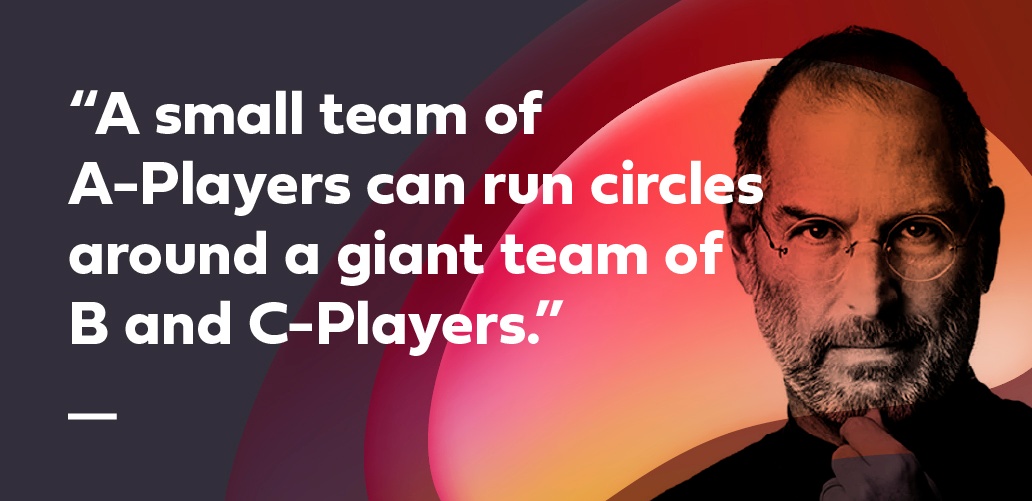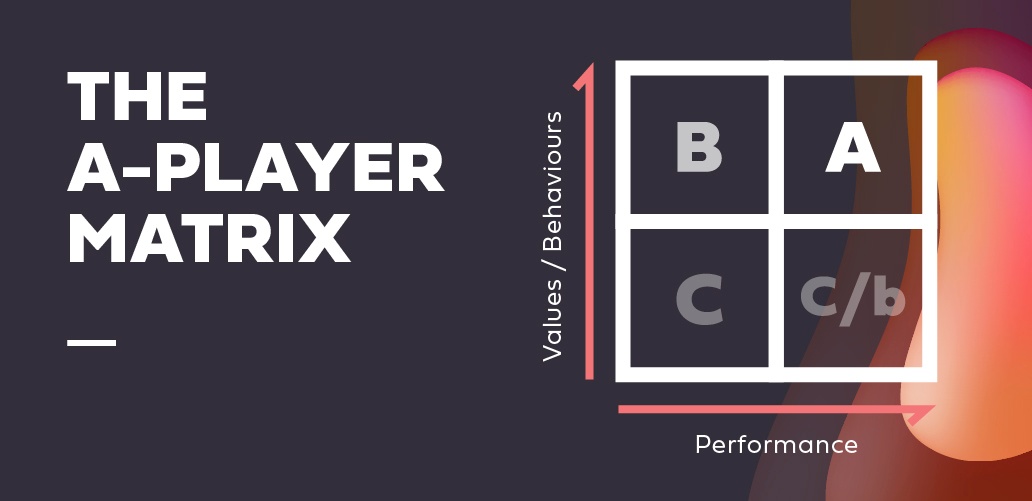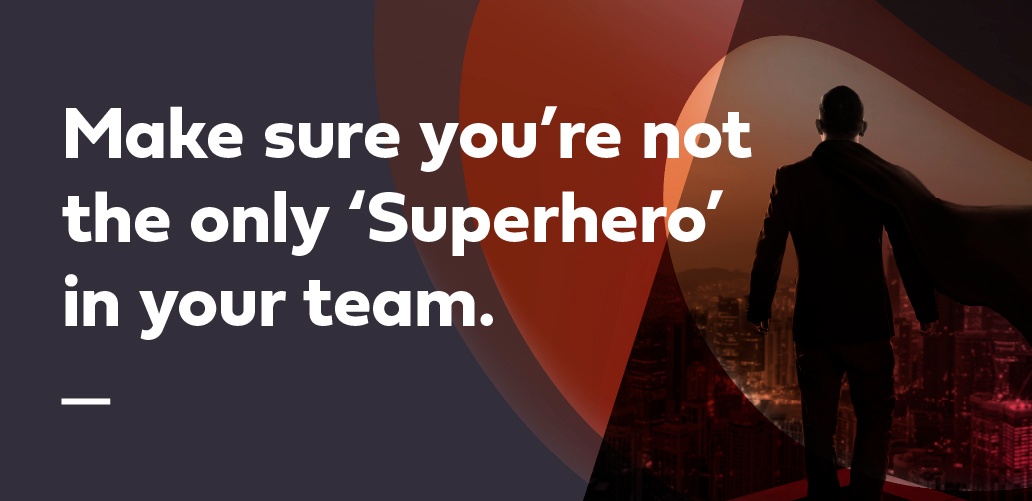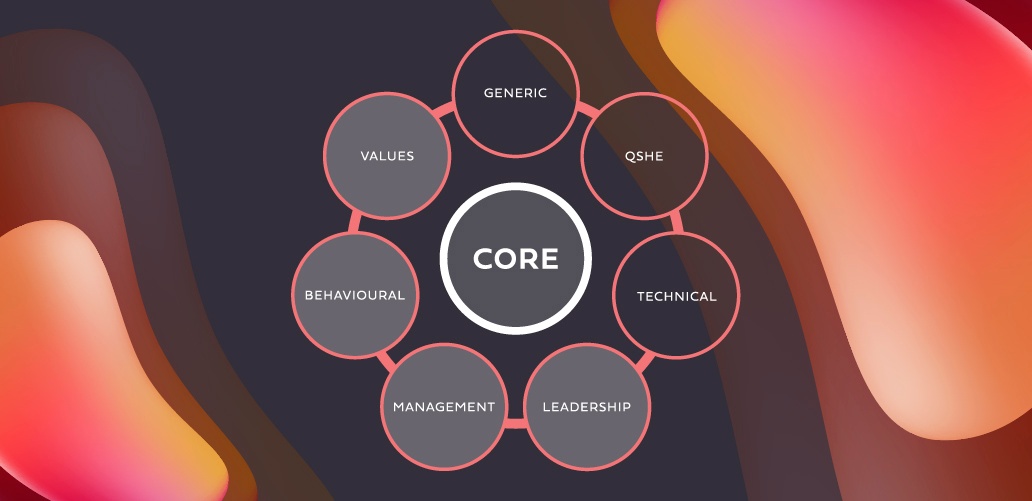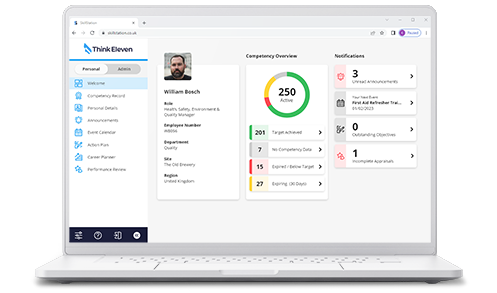Identifying, recruiting and developing A-Players can make the difference in seeing considerable success and growth within your organisation. In todays post, we look at how to identify and develop these key players.
Introduction
Regardless of sector, industry, market, location or the size of your organisation, it’s the capability of your people that determine how good you are. This is applicable to both products and services.
No matter how much you invest in capital equipment or systems & processes, it always comes down to your people to effectively utilise, operate and deliver amazing results.
As people and organisations adjust to a new form of normality in a climate of prevailing uncertainty due to Covid-19, it has never been more important to ensure that your people are fully engaged and contributing to the very best of their abilities.
In these challenging times it is likely that the most innovative and agile organisations will survive and thrive. There is no place for mediocrity; you need your people and organisation to be optimised.
A-Players
So, what is an A-Player? Refer to the A-Player Matrix below:
A-Players are people who:
- Perform and deliver results
- Align with your behaviours & values
B-Players are people who:
- Align with your behaviours & values
- With support and development have the ability to perform
C/b-Players are people who:
- Perform and deliver results at any cost
- Have no regard for your behaviours and values
C-Players are people who:
- Don’t, won’t, can’t perform
- Have no regard for your behaviours and values
Building a team of A-Players will significantly help your functional, departmental and organisational success. Importantly, don’t aim to be the only superhero in your organisation or team - surround yourself with A-Players (Superheroes).
Clearly, you want to attract and retain A-Players or at the very least B-Players in your organisation or team. Achieving this will make life so much easier, rewarding and satisfying. The B-Players can be moulded and nurtured into A-Players.
It is however vitally important that you avoid recruiting, rewarding or promoting C and C/b-Players. They will eat into your time and distract your focus and attention from the A and B-Players. Ask yourself this question, how much time do you spend on the weaker people (Low Skill & Low Will) vs. quality time that could spent with the stronger people (High Skill & High Will)? Pareto’s 80:20 rule quite often fits well i.e. 80% of your time on the weaker people (C & C/b-Players) vs. 20% of your time on your B & A-Players.
Identifying A-Players
In order to identify an A-Player, first you need to define the characteristics, e.g. define the standard of an A-Player within your organisation.
Think Eleven recommend creating a competency framework (as illustrated) that defines the main attributes of an employee, regardless of their role.
It’s important that when considering your competency framework that you don’t just focus on the technical skills (what they do) but allocate importance around organisational values, behaviours, management and leadership styles, e.g. how they deliver and contribute.
Once you’ve defined these parameters, you must implement, embed and measure performance using your competency framework as a baseline and standard.
It’s also important to review the scope of your competency framework periodically to ensure its fit for purpose and future-proofed in a fast-paced and changing world.
5 Steps to Create a Team of Superheroes
-
Define your minimum standard (what good looks like) for every role/function using the competency framework model. Don’t just focus on technical skills, pay equal emphasis on values, behaviours, management and leadership.
-
Recruit A-Players and ensure you avoid problem people in the first place. Use your competency framework as a selection tool. Never lower your standard, you’ll regret it!
-
Monitor and measure employee performance against the competency framework on an on-going and defined periodic basis. Not just during an annual appraisal/review.
-
Develop your talent pool in-line with your competency framework and your organisational goals/objectives.
-
Celebrate success, recognise and reward excellence and consistently high levels of performance and contribution.


